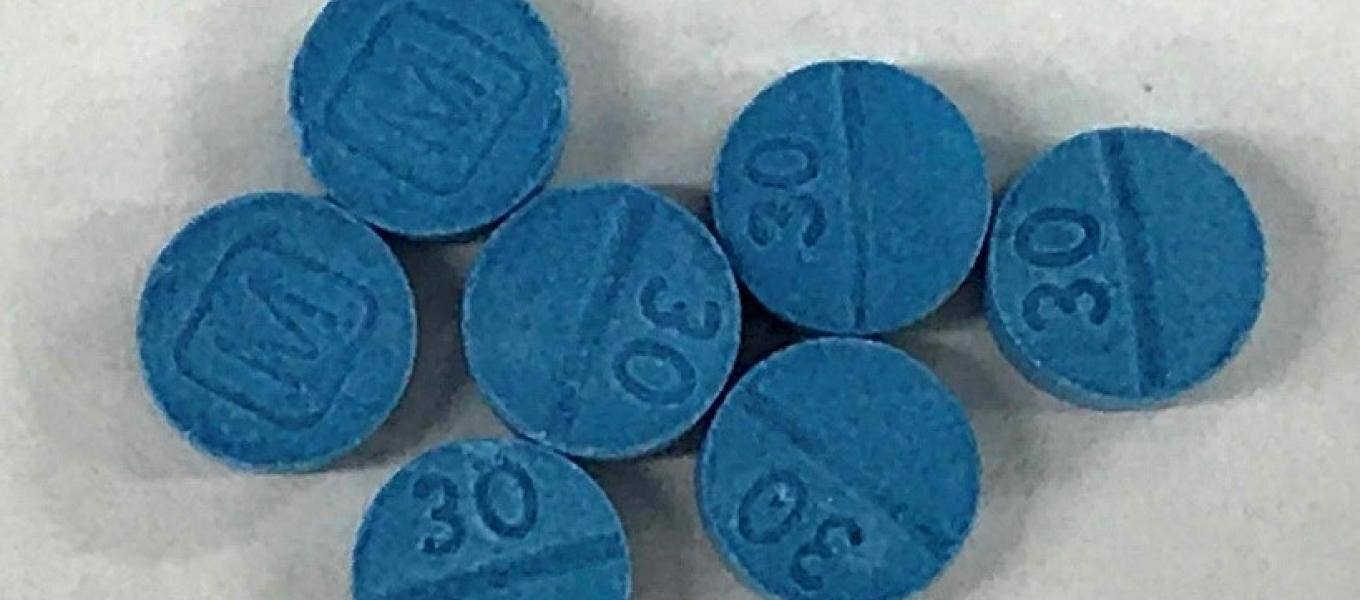[ad_1]
(Bloomberg) — Mexico’s mega-refinery project Dos Bocas is expected to cost 40% more than previously estimated and is unlikely to be completed by the government’s 2022 deadline, casting serious doubts on whether the country can soon fulfill its goal to produce all of its own gasoline.
Most Read from Bloomberg
The facility, located in the southeastern state of Tabasco, is crucial to Pemex’s plans to halt crude oil exports in 2023 as part of President Andres Manuel Lopez Obrador’s nationalist goal of self-sufficiency in fuel consumption. The speed bumps for the project come as critics were already questioning Petroleos Mexicanos’s ability to refine all of its own crude given declining production, its lack of maintenance of its refineries and its heavy debt burden, which is the highest of any oil company.
Construction of the 340,000-barrel-a-day Dos Bocas plant is now projected to cost about $12.5 billion, according to people with knowledge of the situation who asked not to be identified because the information isn’t public. That is sharply higher than the $8.9 billion estimate given by Pemex’s chief executive officer some 15 months ago, a reflection of construction delays, rising materials costs, and a budget that may have been unrealistic from the start.
The project may fail to produce a single gallon of gasoline in 2022 and could produce only limited amounts of fuel for several years after, according to some analysts.
Pemex and Energy Ministry representatives did not respond to requests for comment.
The Dos Bocas project is not the only plant where Pemex will end up spending more than it initially said. The company paid more than $1.5 billion to take over a refinery in Deer Park, Texas, that it has acquired from Royal Dutch Shell Plc — more than twice the price announced in May for the deal.
Read More: Pemex Refinery Deal May Cost $1 Billion More Than Announced
That one-two punch of ballooning costs will add to pressure on Pemex’s balance sheet and Mexico’s coffers, with the construction of Dos Bocas and the Deer Park purchase relying largely on federal funds.
Spending Problem
Energy Minister Rocio Nahle told Bloomberg News in August that Dos Bocas was on track to begin running startup tests in July and to be open for business a few months later during 2022. She also said the cost of the project was within the $8.9 billion budget, give or take 10%. The refinery originally had a budget of $8 billion — an amount international contractors deemed inadequate for the scope of the project, resulting in many declining in 2019 to participate in its construction.
The pace of spending on the project to date underscores the unlikelihood of it keeping close to its earlier budget. Through December 2021, the government had handed Pemex 120.9 billion pesos, or $5.9 billion, to spend on Dos Bocas, according to data provided by Joel Tonatiuh Vázquez Perez, an energy and public finance expert at the Center for Economic and Budgetary Research think tank in Mexico City. Another 45 billion pesos, or $2.2 billion, has been set aside for the refinery this year, taking the total allocation to $8.1 billion.
In 2021 alone, the government gave it 81.4 billion pesos — nearly double the 45 billion it had initially apportioned for that year. If it keeps to its planned spending rate going forward and construction continues into 2023, it will almost surely blow past its previous budget estimates.
Operational Delays
Bloomberg analyzed more than 100 videos posted on YouTube by the energy ministry that document the construction of the project, from landscaping to the arrival of pieces of equipment. In one of the latest clips — which are sprinkled with impressive graphics and feature a dynamic soundtrack — Nahle talks about gasoline-making equipment being en route from South Korea to Mexico, and other units sailing from India. In others, she is shown traveling to Italy and Turkey and reports from plants that are manufacturing equipment for Dos Bocas.
Read More: The Woman Behind Mexico’s Controversial Drive to Refine More Oil
Still, there was no mention of water and gas connections being completed at Dos Bocas, nor of pipeline connections to bring crude oil to feed the distillation towers. In the videos, there are no images of construction of a marine terminal to distribute gasoline and diesel to other Mexican states.
According to Bloomberg’s analysis, at least two areas appear to be on track to open for business by July. One is the tank farm, which contains 90 tanks for storage of gasoline and diesel produced by the refinery. The other is the administrative building, which is being outfitted with air conditioning and reflecting pools.
With all the delays, the refinery could have key gasoline units up and running as soon as 2023 and be fully operational in 2025, said Karina Lopez Huitron, an analyst with Wood Mackenzie Ltd.
“There are two forces in play, the political and the technical, and it really depends on which one will push harder in coming months,” she said.
The Mexican government plans to inaugurate the Dos Bocas facility with pomp and circumstance in July. Yet, much like the flashy video clips documenting the refinery’s construction, the event is likely to be more show than substance.
“It’s possible that the refinery won’t be producing fuels before Lopez Obrador’s time in office comes to an end,” said Felipe Perez, an IHS Markit Latin America analyst. AMLO, as the president is known, finishes his six-year term in office in late 2024. “Unfortunately there’s a big discrepancy between the government’s expectations and reality.”
Most Read from Bloomberg Businessweek
©2022 Bloomberg L.P.
[ad_2]
Source link

/nihi-watu-sumba-indonesia-OUTDOORSHWRS0622-71eaa3da91d240c78053636d4396e018.jpg)















